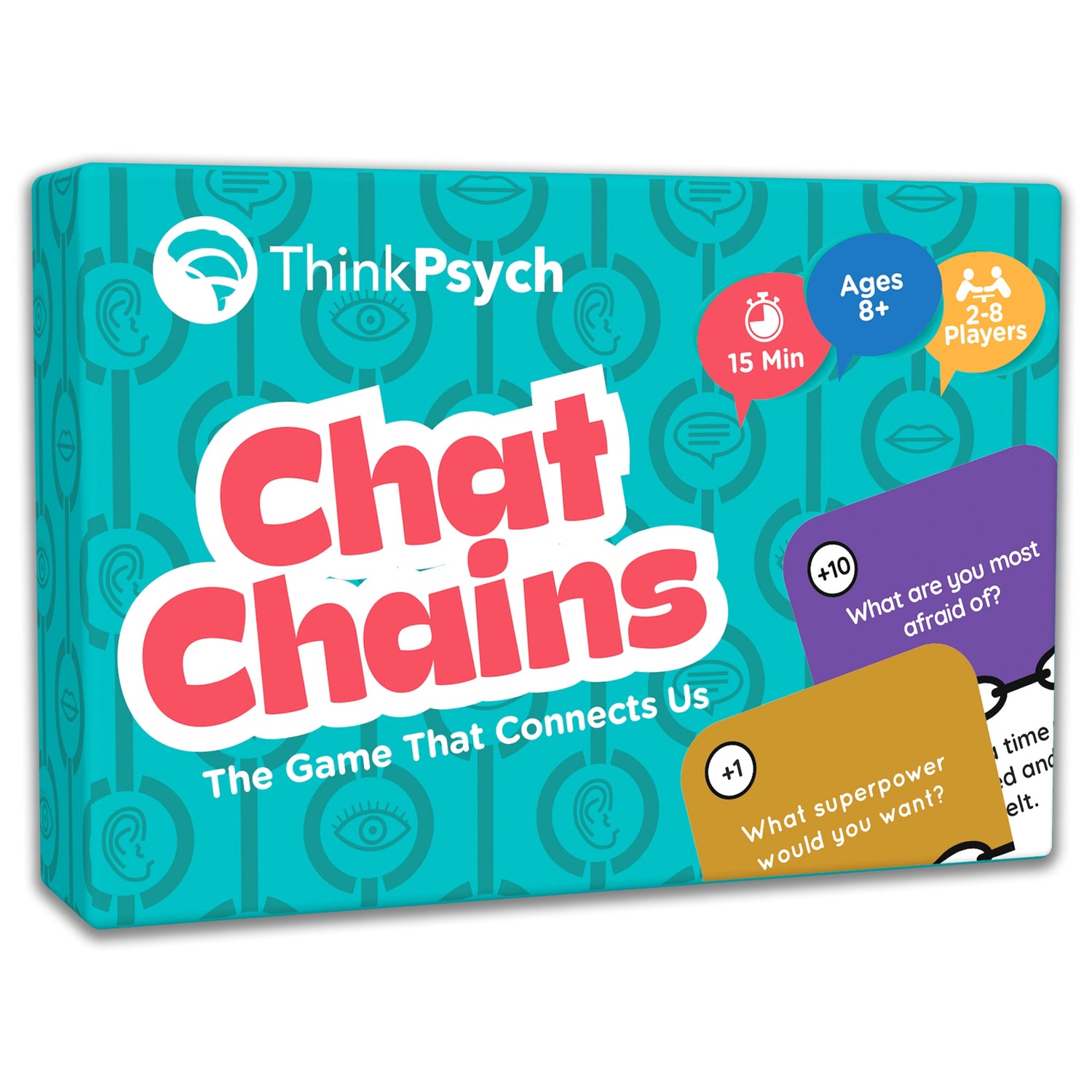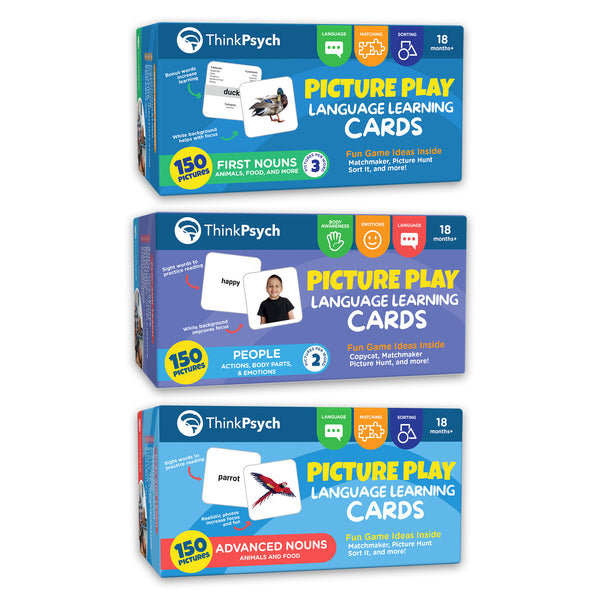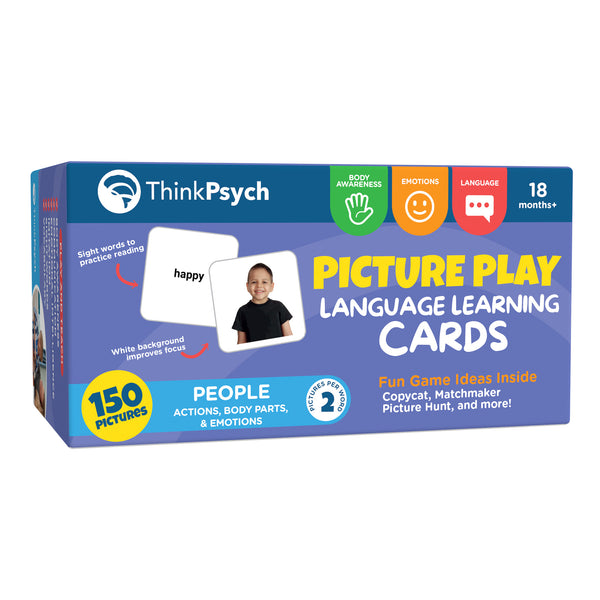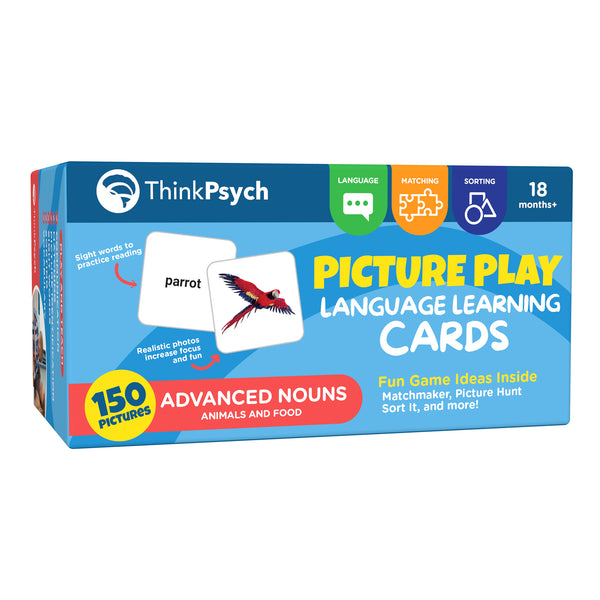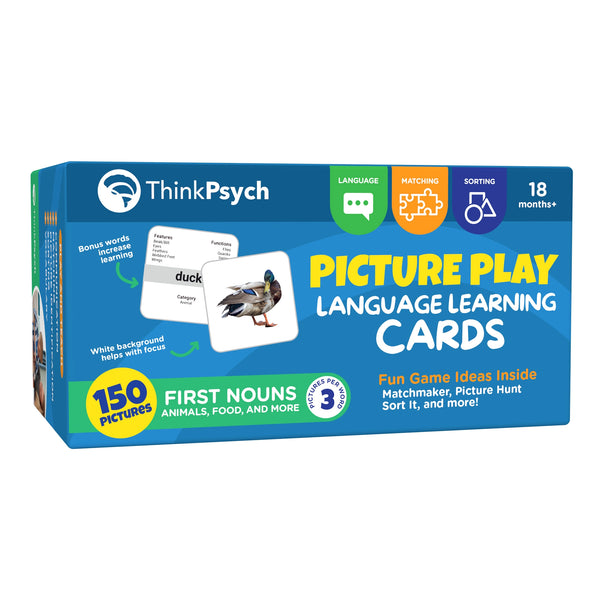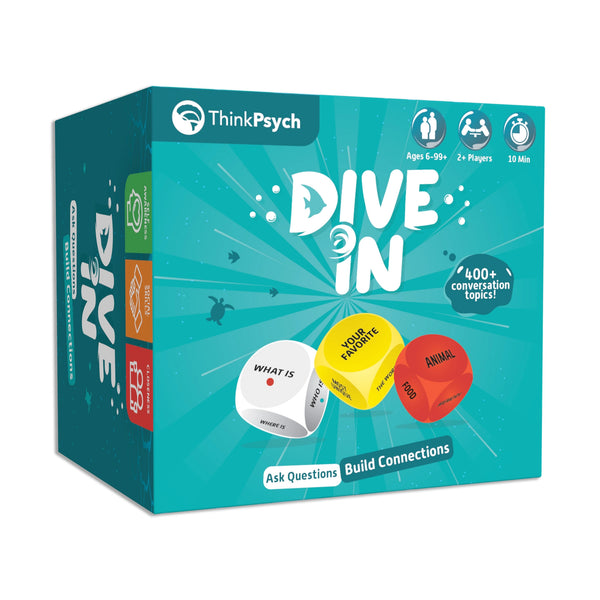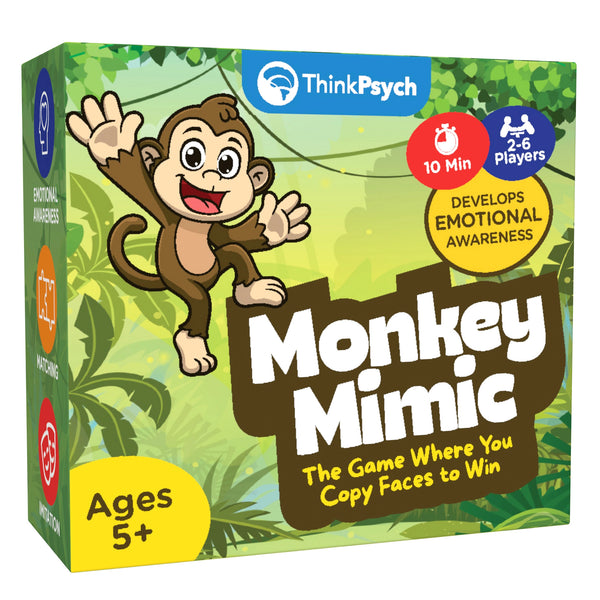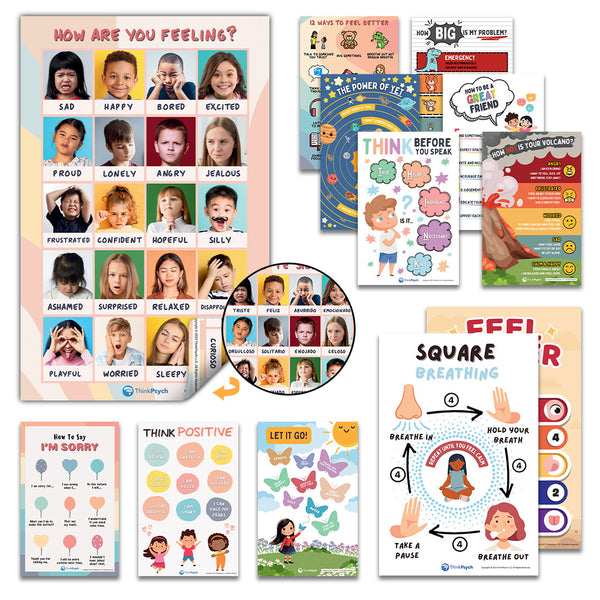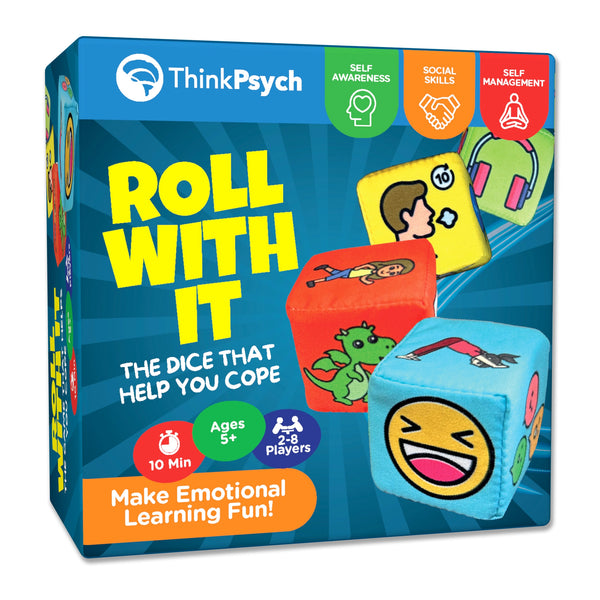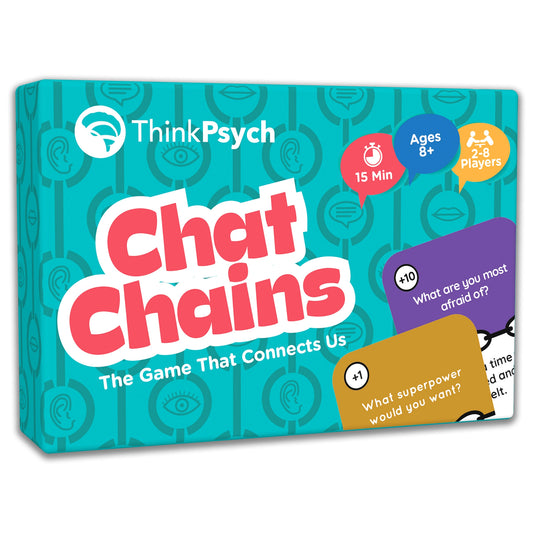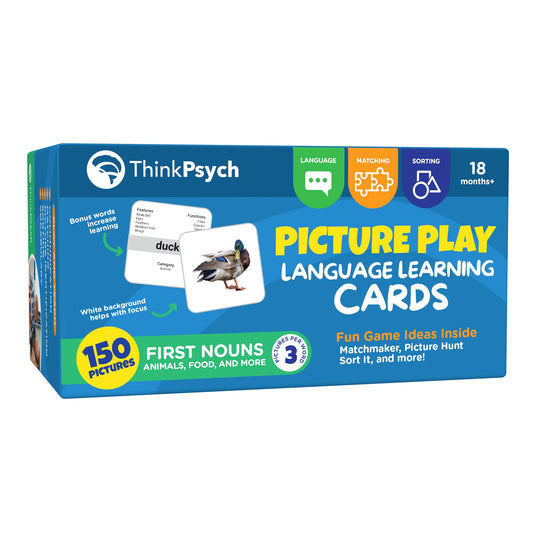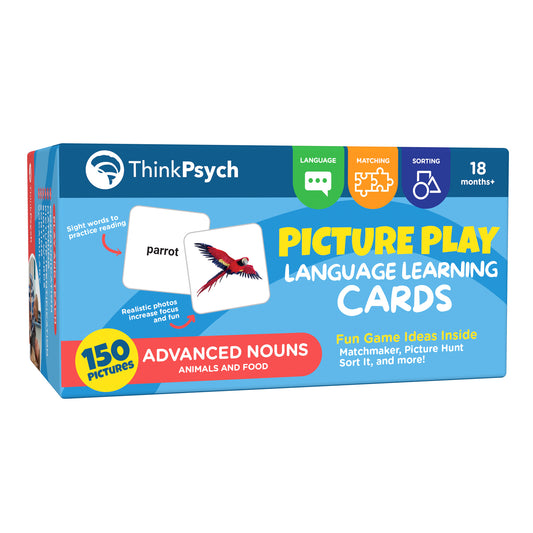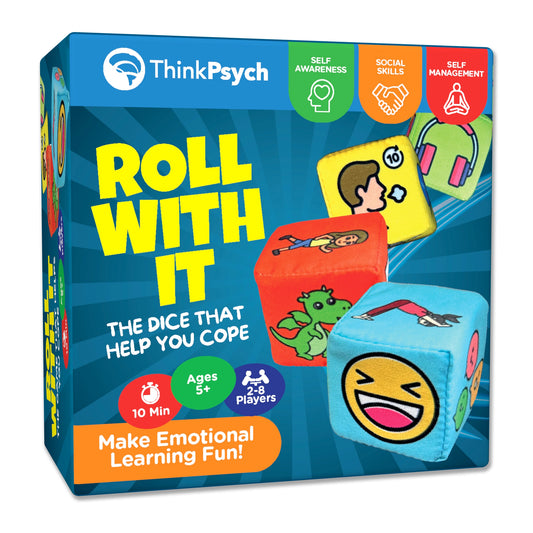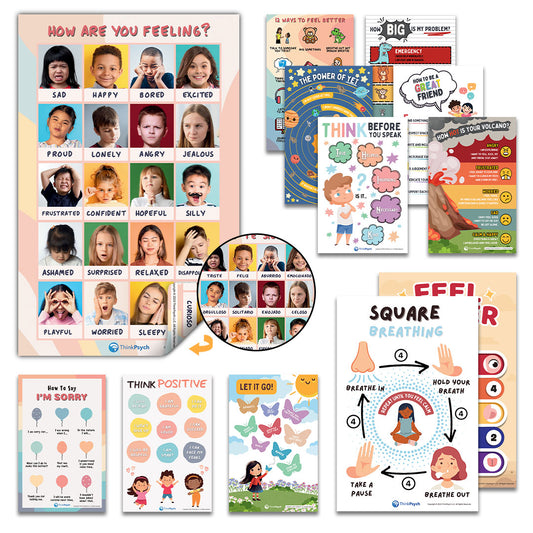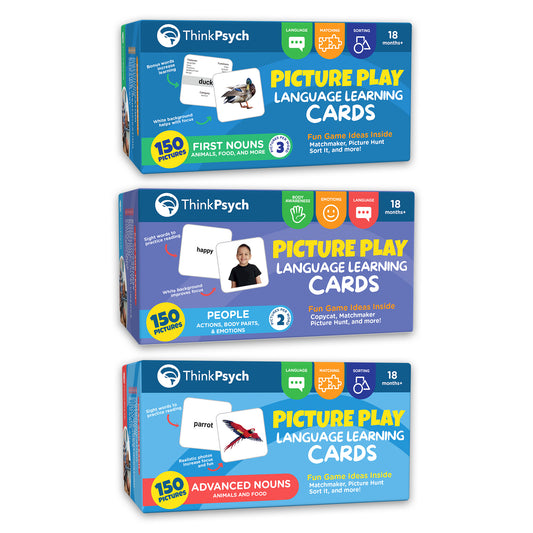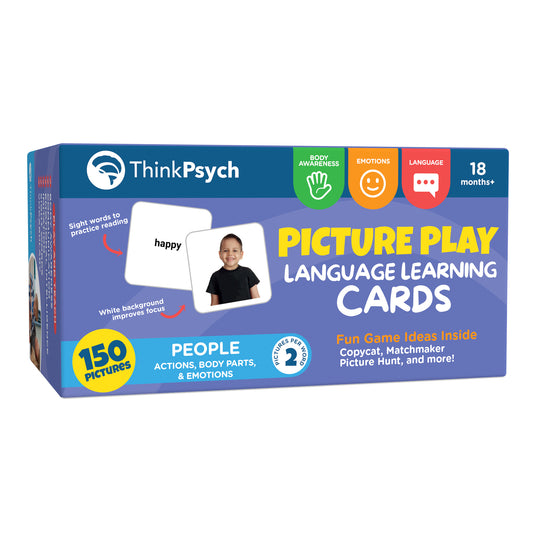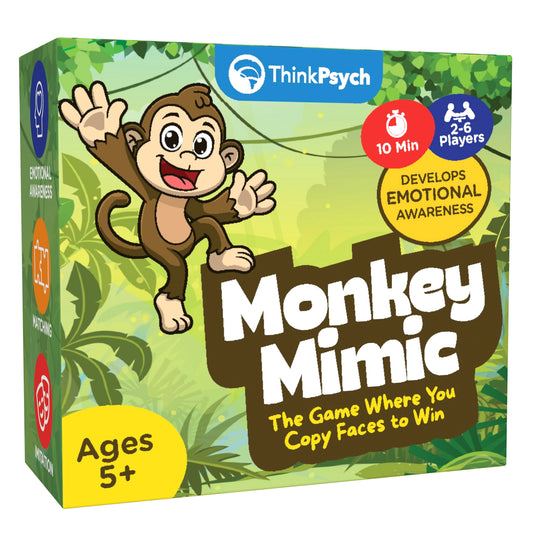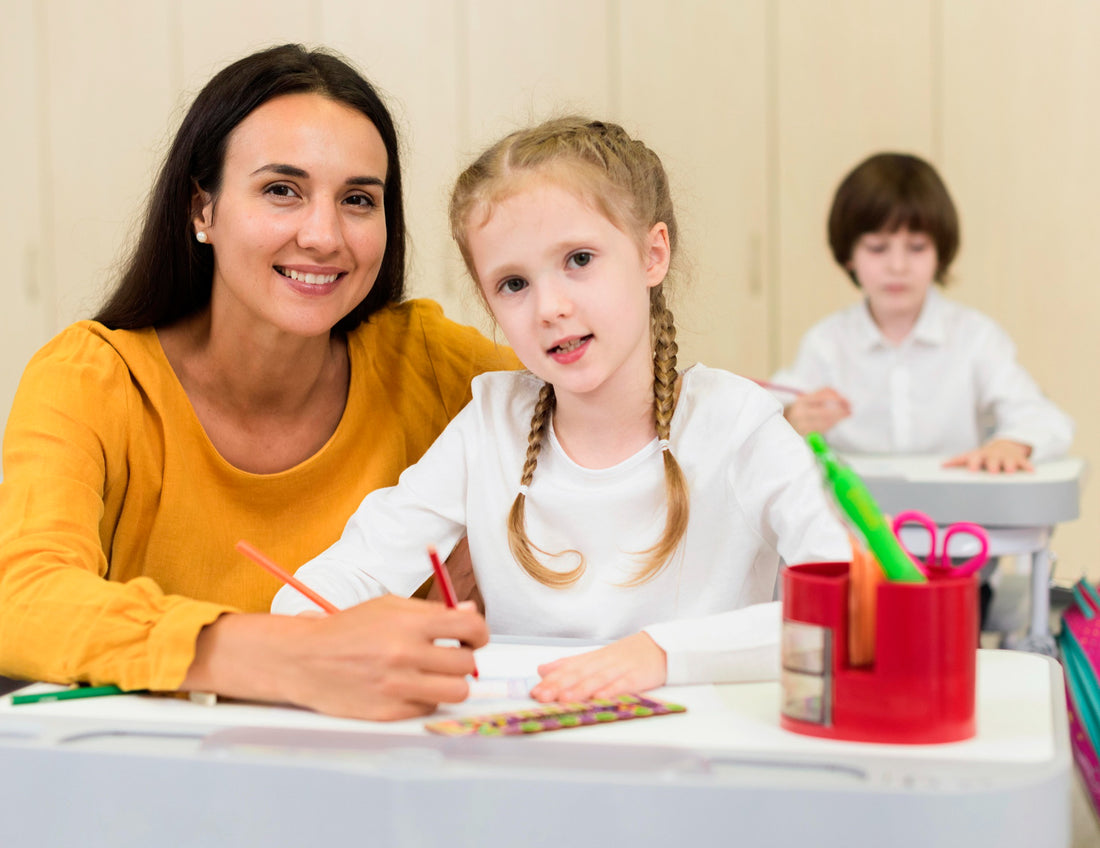
Pairing Before Progress and Rapport Before Results
Share
Introduction
As schools across the country begin to reopen, teachers and school personnel can expect a lot more chaos than usual at the beginning-of-the-year. Some students haven’t been in school for close to 6 months. The structure and routine of the school day are long gone and teachers will have a harder time getting them into shape. Students with autism especially need structure, routine and predictability. In order for students to start this year on a good note, teachers should focus on pairing with their students. I like to say “Pairing Before Progress and Rapport Before Results“.
So what is pairing? Put simply, pairing is when you establish yourself as a reinforcer for your students. In short, you are “paired” with reinforcement. The relationship between teachers and students has to be positive and influential in order for the student to learn to the best of their ability. School pairing may look different than a 1:1 ABA session, but the goal should be for the student to view the teacher as a positive person that is capable of providing motivating reinforcers when earned.
Here are 5 ideas for making the pairing process more efficient and meaningful. Remember, the idea is to develop a relationship with your students so they look at you as a positive role model that they trust and are willing to work for. All of these ideas are free and as easy to implement!
1. Learning Style Inventories
A learning style inventory can tell us what techniques to use to help students learn most effectively. Here is a free example. Not only will the data that comes from the inventory allow you to plan more individualized and specific instruction for your students, it can also help you collect critical information that can help build relationships with students. You may learn that students struggle with kinesthetic learning, and from there you can plan to not play with Play-Doh or use chalk on the first day of school. You might learn that students learn better from auditory instruction, and you can have music playing as they enter the classroom or make up some jingles prior to the school year. The inventory can be completed prior to school (sent to parents/guardians in a back-to-school packet) or completed on the first day. Students will know that by asking about them, you are interested in them.
2. Preference Assessments Facilitate Pairing
The more you know about your students, the better. This is exactly what a preference assessment (sometimes referred to as a reinforcement survey) allows you to gain – valuable, specific information on what the student enjoys and therefore, what motivates the student. Read more about preference assessments. Use this information to develop plans for pairing, as well as ideas for reinforcers and differentiation throughout the school year. You can download a free reinforcement questionnare here.
Customer Favorites From Our Store
3. Interview Students and Parents
A majority of the time, students on the spectrum are working on communication and social skills that focus on talking/writing/reading about ideas other than their interests or only talking about their interests for a limited period of time. Take this time to pair with them by interviewing the student and really discovering who they are. What do they like about Minecraft? They may be able to talk about their interest for hours, but these conversations can bring valuable information to the teacher. I once had a student who worked to play Fortnite for 15 minutes at the end of each day. One day I realized that the student’s behavior was not as appropriate as before, and when I offered his Fortnite reinforcer, he no longer cared. After speaking with the student and his parents, I discovered that the student’s reinforcer was actually now YouTube in general. He was no longer interested in Fortnite. Once I switched my wording to YouTube, he was motivated again and behaviors improved. If I hadn’t had the simple conversation with him and his parents, behaviors would have likely worsened and I wouldn’t have an effective reinforcer in my toolbox.
4. Create (and Personalize) a Token Economy
While rewards and reinforcers should be given at different timed intervals, there should be a “big” prize that the student is working towards. This often involves receiving some type of token (sticker, ticket, etc.) and when a certain amount is gained, it can be traded in for a big prize. The big prize can be classroom wide (pizza party and movie) or individualized to the student (10 stickers gets you 30 minutes of Jurassic Park, or you can eat lunch with the teacher). Personalize in various ways including having an avatar that moves on the chart with the students favorite character, making the big prize individualized, etc.
5. Show an Interest in the Student Outside of School
This strategy has worked the best for me. Ask the student what they had for breakfast, how the bus ride was, etc. When they share that they had a Pop-Tart, ask what their favorite flavor is and share what yours is. Chances are, you are going to be late at work anyways – might as well stop and check out the band concert, basketball game or Quiz Bowl contest that your student is participating in. When parents see that you have a vested interest in their child, communication may become easier and not as hostile (if that is an issue). The student will know that you care about them, and this will lead to success in the classroom.
These are 5 quick strategies that can be used to pair with students and develop the rapport that is necessary for them to achieve in the classroom. Do you have any other strategies that work well for you to pair with your students? Leave a comment below!
